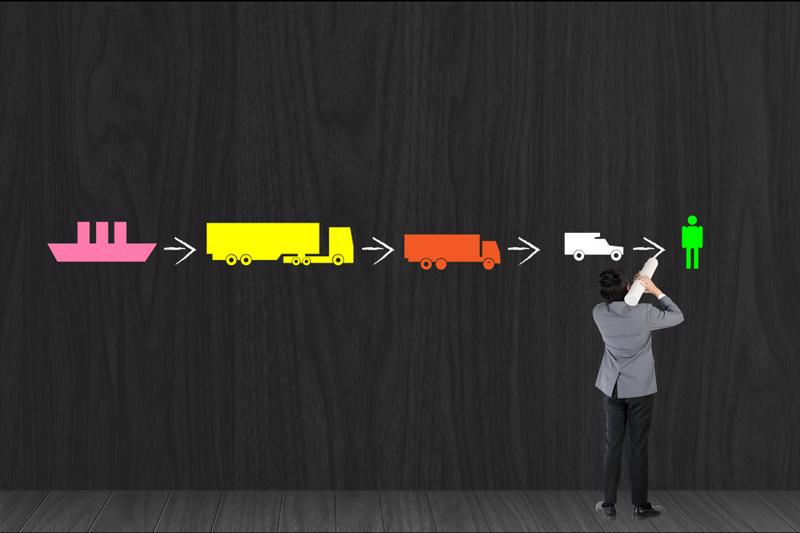The novel coronavirus pandemic caused many companies — in all industries — to reevaluate their operations and find ways to make themselves more agile and adaptable in the face of an increasingly complicated business world. For those in the logistics sector in particular, however, the options to do so include whether to beef up their storage capabilities or continue with a just-in-time lean inventory.
While many companies learned some hard lessons throughout the pandemic thanks to disrupted supply chains and difficulties in connecting with both partners and customers, there's no single clear path forward for how the industry will operate in the future, according to Supply Chain Dive. A recent Gartner survey shows that despite the challenges faced throughout the pandemic, 46% of companies don't have a plan to expand "safety stock" within the next two years. However, that compares with the 43% that are actively trying to do so now, and 11% that will take such a step over two years.

This may be because relatively few believe having extra inventory on hand is actually an indicator of resiliency, the report said. Only 21% felt that this was the case, putting safety stock firmly behind the 43% who felt this way about avoiding disruptions to fulfillment cycle times, 40% who looked at positive feedback from consumers, and 36% who eyed perfect order fulfillment rates.
What it takes to measure up
As companies look at their options for increasing stores of items they rely on, an option that will likely serve businesses on either side of the "lean inventory" decision well is diversifying their sourcing efforts, according to Source Today. This was one of the hard lessons of the pandemic: When companies relied too heavily on a single supplier or an overly complicated supply chain, they were far more likely to face difficulties and disruptions, but those that were able to leverage relationships with multiple suppliers probably fared a lot better on balance.
There may be many reasons to only tap a lone supplier for ongoing business needs, but all those perceived conveniences might not matter much if there is an issue (large or relatively small) that ends up setting the supply chain back, the report said. Companies therefore might need to do more to walk that fine line between a streamlined relationship with a single supplier and sourcing from multiple businesses.
Getting it right
These days, even single-supplier relationships are becoming more complicated, according to Carter Logistics, and therefore companies may feel disincentivized to seek out multiple suppliers for any given needs they have. However, the opposite is probably true: If these relationships are complicated, they're also easier to disrupt or, indeed, recover in the wake of a disruption.
For these reasons and more, companies would be wise to examine their ongoing needs and come up with contingency plans that they can tap in the event of a disruption. By doing so, they may be setting themselves up for long-term success no matter what difficulties they face in the months and years ahead.



Post A Comment:
0 comments so far,add yours